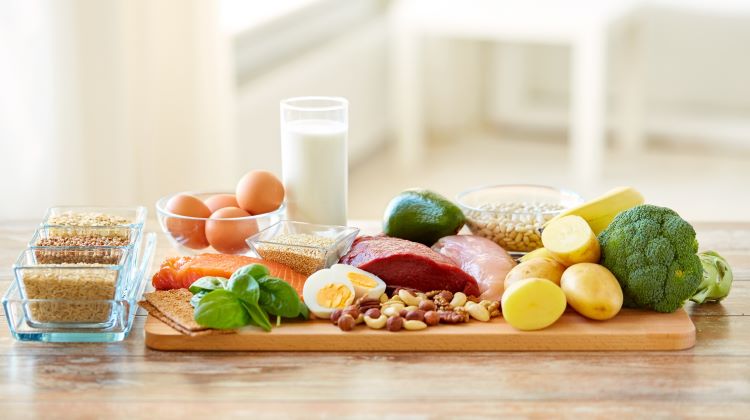Best Diabetic Snacks That Don’t Raise Blood Sugar
Discover a variety of delicious snacks perfect for people with diabetes. These options are carefully selected to help you manage your blood sugar levels while enjoying flavorful, satisfying treats any time of day.For individuals with diabetes, choosing these types of snacks is crucial for managing their condition effectively, supporting consistent energy levels, and reducing the risk of complications associated with hyperglycemia.

What makes a snack suitable for diabetes patients?
Snacks that are suitable for people with diabetes typically have several key characteristics. They are generally low in simple carbohydrates and high in fiber, protein, and healthy fats. These nutrients help slow down the absorption of glucose into the bloodstream, preventing rapid spikes in blood sugar levels. Additionally, portion control is essential, as even healthier snacks can affect blood glucose if consumed in large quantities.
Which foods can serve as blood sugar friendly diabetic snacks?
Several food options can serve as blood sugar friendly snacks for individuals with diabetes:
-
Nuts and seeds: Almonds, walnuts, pumpkin seeds, and chia seeds are rich in protein, healthy fats, and fiber.
-
Fresh vegetables: Carrot sticks, cucumber slices, and cherry tomatoes are low in carbohydrates and high in fiber and nutrients.
-
Greek yogurt: Plain, unsweetened Greek yogurt is high in protein and can be paired with berries for added flavor and nutrition.
-
Hard-boiled eggs: Eggs are a protein-rich snack that can help stabilize blood sugar levels.
-
Cheese: Small portions of cheese can provide protein and calcium without significantly impacting blood glucose.
How can diabetics incorporate fruits into their snack options?
While fruits contain natural sugars, they can still be part of a diabetic-friendly diet when consumed in moderation and paired appropriately:
-
Choose lower glycemic index fruits: Berries, apples, and pears have a lower impact on blood sugar compared to tropical fruits.
-
Pair fruits with protein or healthy fats: Combine an apple with peanut butter or berries with Greek yogurt to slow down sugar absorption.
-
Control portion sizes: Stick to recommended serving sizes, typically about 1 cup of berries or one small piece of fruit.
-
Consider timing: Eating fruit as part of a balanced meal or after physical activity can help mitigate its effect on blood sugar.
What role do whole grains play in diabetic snacking?
Whole grains can be incorporated into diabetic-friendly snacks when chosen carefully and consumed in appropriate portions:
-
Whole grain crackers: Paired with cheese or hummus, these can provide a balanced snack with fiber and protein.
-
Air-popped popcorn: A whole grain snack that’s low in calories and can be seasoned with herbs for flavor without added sugar.
-
Oatmeal: A small portion of plain oatmeal topped with nuts or seeds can serve as a filling, blood sugar-friendly snack.
-
Whole grain toast: A slice of whole grain bread with avocado or nut butter can provide a satisfying combination of complex carbohydrates, healthy fats, and protein.
How can snack preparation and planning benefit diabetes management?
Proper snack preparation and planning can significantly benefit diabetes management:
-
Pre-portion snacks: Divide snacks into appropriate serving sizes to avoid overeating.
-
Keep a variety of options available: Having a range of healthy snacks on hand can prevent impulsive choices that may negatively impact blood sugar.
-
Plan for different situations: Prepare portable snacks for work or travel to maintain consistent eating habits.
-
Read labels carefully: When choosing packaged snacks, pay attention to serving sizes, carbohydrate content, and added sugars.
-
Timing matters: Strategically timing snacks between meals can help maintain steady blood glucose levels throughout the day.
Maintaining stable blood sugar levels is an ongoing process for individuals with diabetes. By choosing appropriate snacks and incorporating them thoughtfully into their diet, people with diabetes can better manage their condition while still enjoying a variety of foods. It’s important to work with a healthcare provider or registered dietitian to develop a personalized eating plan that takes into account individual needs and preferences.
This article is for informational purposes only and should not be considered medical advice. Please consult a qualified healthcare professional for personalized guidance and treatment.



